- Community Water Fluoridation (reduces cavities by 25%)
- School Dental Sealant Programs (reduce cavities by 50%)
What is a dental sealant?
A dental sealant is a tooth-colored coating that is brushed down into the pits and grooves of the back molars and is hardened with a special light. The sealant creates a smooth surface that keeps out food and bacteria.
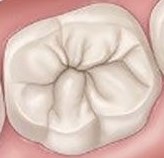
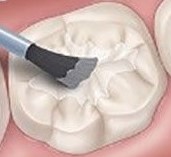
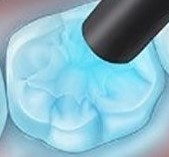
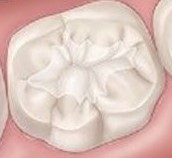
Why are dental sealants important?
- 9 out of 10 cavities occur in the pits and grooves of the chewing surfaces on the back permanent (adult) molars.
- These pits and grooves collect food and bacteria and are so deep that they are very difficult (impossible) to clean with a toothbrush.
- A child that has one molar filled at age 10 will pay over $6,105 to maintain that one molar by the time they reach the age of 79. (Multiply that cost by 8, since adults have 8 molars).
- Dental sealants can prevent about 80% of the cavities in the molar teeth.
- School dental sealant programs (SDSPs) – often a one-time intervention – can prevent 50% of the cavities in the molar teeth.
What is a school dental sealant program (SDSP)?
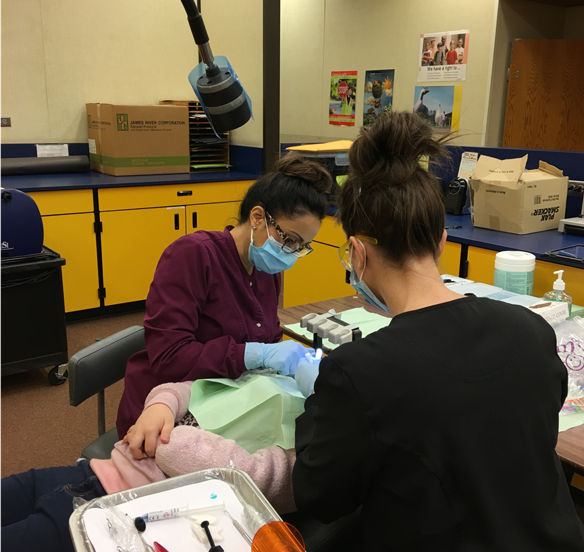
When do kids need sealants?
The very first set of four back permanent molars comes in when a child is about 6 years old (1st, 2nd, or 3rd grade). The second set of permanent molars comes in at 10 to 12 years of age (4th, 5th, or 6th grade). Most SDSPs see a child for two consecutive years, so the child’s mouth and sealants can be checked at least twice.
Does your school have a sealant program?
To learn if your school or a school near you offers a school sealant program, contact Karen Phillips, Program Analyst at Oregon Health Authority, at karen.phillips@dhsoha.state.or.us or 971-673-0235.
